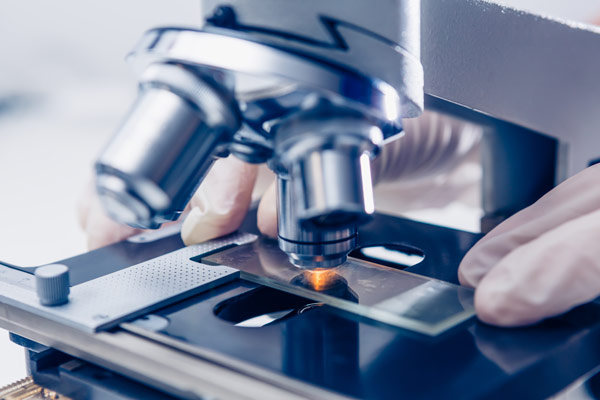
Bacterial Assessments
Bacterial environmental assessments are performed for various reasons, most commonly occurring after water events. Several types of water classifications are in place to determine the potential threat level to humans. Two common ways of classifying water damage events include: (1) assessing the water’s cleanliness and (2) the difficulty in removing the moisture.
C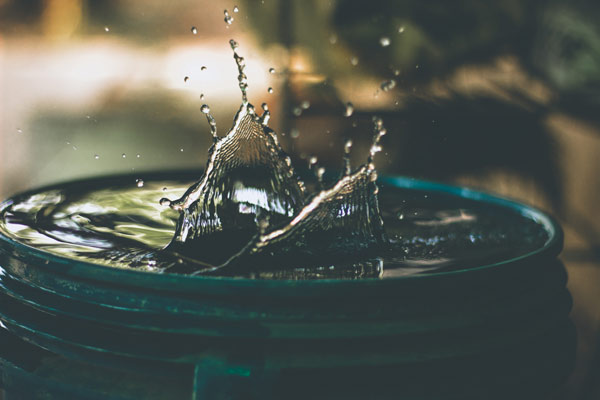 ategory 1, or “Clean Water,” is water from a source that poses no substantial harm. Examples include clean water from a dishwasher, clothes washer, or overflowing bathtub. However, if untreated, Category 1 events can become Category 2 water events.
ategory 1, or “Clean Water,” is water from a source that poses no substantial harm. Examples include clean water from a dishwasher, clothes washer, or overflowing bathtub. However, if untreated, Category 1 events can become Category 2 water events.
“Gray Water,” or Category 2 Water, often poses health risks due to increased contamination levels such as mold, bacteria, and chemicals. Examples include leaks from a waterbed, dirty water from washing machines, and urine. When gray water is evident, rampant mold growth and bacterial breeding escalate to a Category 3 water event if left for two days or more.
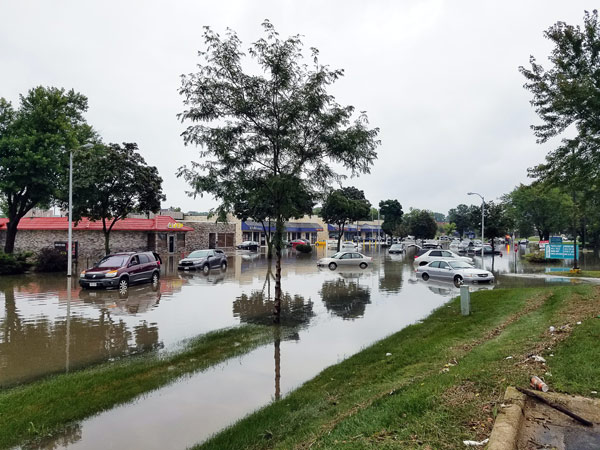 The final water classification, Category 3, is called “Black Water.” Water at this level is highly unsanitary and often contains toxins and disease-causing organisms. Events such as rising flood water and sewer back-flow are in this category. For example, rising flood water is considered Black Water due to the potential to find animal feces, over-filled septic or sewer systems, chemicals, and organisms found in lawn fertilizers and chemicals. In addition, Category 3 can contain dangerous strains of coliform bacteria, including fecal coliform and E.coli. E.coli can cause respiratory and digestive system illnesses, including diarrhea, stomach cramps, urinary tract infections, and pneumonia.
The final water classification, Category 3, is called “Black Water.” Water at this level is highly unsanitary and often contains toxins and disease-causing organisms. Events such as rising flood water and sewer back-flow are in this category. For example, rising flood water is considered Black Water due to the potential to find animal feces, over-filled septic or sewer systems, chemicals, and organisms found in lawn fertilizers and chemicals. In addition, Category 3 can contain dangerous strains of coliform bacteria, including fecal coliform and E.coli. E.coli can cause respiratory and digestive system illnesses, including diarrhea, stomach cramps, urinary tract infections, and pneumonia.
According to ICRC (Institute of Inspection, Cleaning, and Restoration Certification) S500 Standard and Reference Guide for Professional Water Damage Restoration, “Classes designate water-damaged environments by their relative degree of saturation, which is then used to determine the approximate initial amount of dehumidification equipment necessary for an efficient drying system. Note that Class of water is combined with volume (ft3) to determine initial dehumidification requirements. The relevant factor, however, is not only the air volume in ft3 in the affected area, but it is the quantity and type of wet materials in the affected space. Areas that are divided into separate rooms, and thus have more square feet (ft2) of wall surface, generally require more dehumidification capacity than large open spaces of the same volume and Class, which may have comparatively fewer wet or less-absorbent materials.”
“Determining the classes of water is an essential part of calculating the amount of initial dehumidification capacity necessary to handle the potential amount of water that will evaporate within the affected area, and air movement for the drying process. Classes provide a point of reference to aid in the type, size and amount of equipment initially installed on a water damage restoration project. However, situations can arise that require adjustments to the type, amount and size of equipment being used during the drying process.”
There are two types of assessments Nova Environmental Solutions will most often perform in bacteria testing to ensure that clean-up and restoration work is properly performed:
 Initial Assessment: This assessment is usually performed after a black water sewage event to determine if sewage indicator bacteria are present and, if so, the proper course of action to take. The initial bacteria/sewage assessment includes a comprehensive, customized report detailing our on-site observations, collecting samples for sewage contamination indicator bacteria (Total Coliforms, coli, and Enterococci are the most common indicators), collecting samples for mold growth, interpretation of lab results, and recommendations or scope of work as necessary.
Initial Assessment: This assessment is usually performed after a black water sewage event to determine if sewage indicator bacteria are present and, if so, the proper course of action to take. The initial bacteria/sewage assessment includes a comprehensive, customized report detailing our on-site observations, collecting samples for sewage contamination indicator bacteria (Total Coliforms, coli, and Enterococci are the most common indicators), collecting samples for mold growth, interpretation of lab results, and recommendations or scope of work as necessary.- Post-Sewage Remediation Verification Assessment: The Post-Sewage Remediation verification determines if remediation efforts are successfully completed. A typical “clearance” assessment includes a visual inspection of the work area and a moisture content assessment of affected building materials. Surface samples are collected and cultured to verify the absence of sewage indicator bacteria and mold before “clearance” can be achieved.
Have you recently experienced a water event in your living or work environment? Contact NoVA Environmental Solutions today to discuss your next step. 540-645-6141
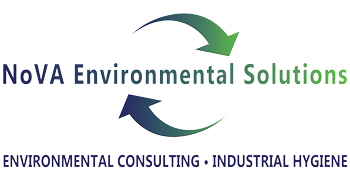
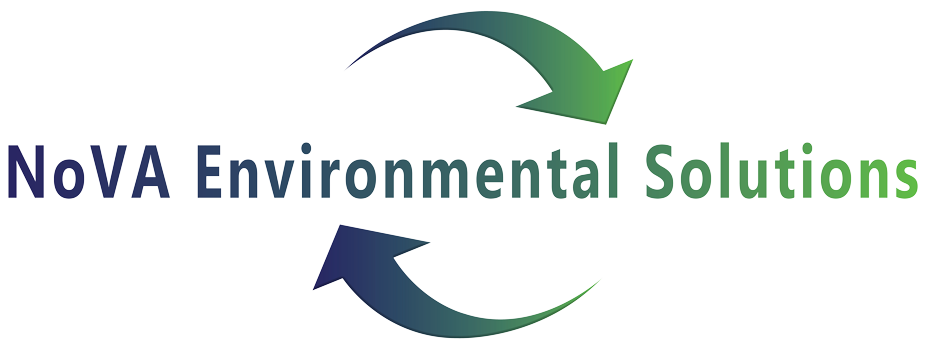
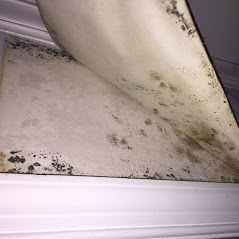 Initial Assessment: This assessment is usually performed after a black water sewage event to determine if sewage indicator bacteria are present and, if so, the proper course of action to take. The initial bacteria/sewage assessment includes a comprehensive, customized report detailing our on-site observations, collecting samples for sewage contamination indicator bacteria (Total Coliforms, coli, and Enterococci are the most common indicators), collecting samples for mold growth, interpretation of lab results, and recommendations or scope of work as necessary.
Initial Assessment: This assessment is usually performed after a black water sewage event to determine if sewage indicator bacteria are present and, if so, the proper course of action to take. The initial bacteria/sewage assessment includes a comprehensive, customized report detailing our on-site observations, collecting samples for sewage contamination indicator bacteria (Total Coliforms, coli, and Enterococci are the most common indicators), collecting samples for mold growth, interpretation of lab results, and recommendations or scope of work as necessary.